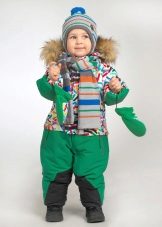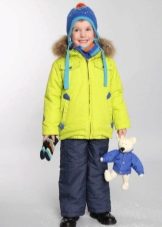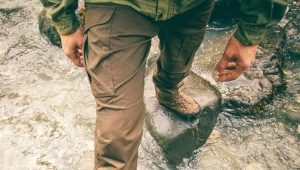Winter boots for a boy

Proper and high-quality winter shoes are the key to the health of the baby. In addition to the growth of feet in comfortable conditions, winter boots provide warmth to the legs, which is so important for protection against seasonal colds. Being the parents of a wonderful boy, it's time to go in search of the perfect shoes.


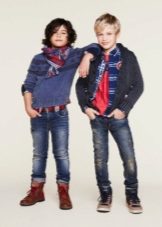



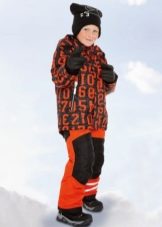
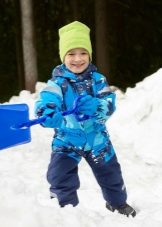
Models
Until recently, winter shoes for children were limited to felt boots. Today, the market presents many varieties of shoes that are distinguished by warmth and style. Which one to choose?
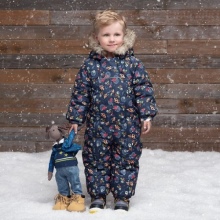
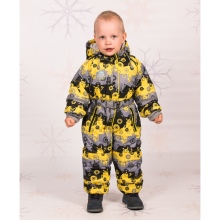
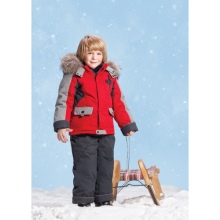
Orthopedic
The correct formation of the foot directly depends on the shoes. Orthopedic shoes guard the health of the feet thanks to a special insole, sole and arch support. Such shoes correctly distribute the load on the knees, making posture and gait better and easier.
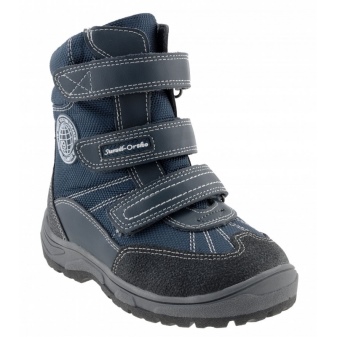
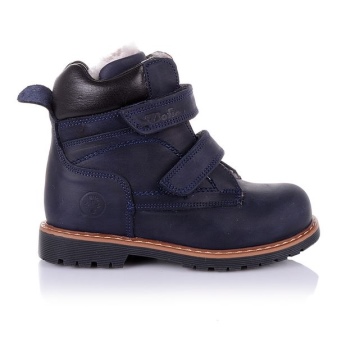
It is worth saying that preventive orthopedic shoes are shown to all children, because they are made, in most cases, on an individual order, indicating all the features of the foot. Even if the shoes are ready-made bought in an orthopedic store, and the size is chosen correctly, you can not worry about the comfort of the child.
Winter prophylactic boots for a boy fix the foot well. Several Velcro fasteners extend from the toe to the ankle. An ideal fit on the foot cannot be cheap, especially since only natural materials are used for orthopedic shoes.Genuine leather, characterized by plasticity, gently envelops the foot, giving it the correct position. Natural fur, in turn, plays the role of high-quality and hypoallergenic insulation.


dutiki
A popular and fairly budget option for winter shoes for boys is dutiks. These shoes are boots or boots made of waterproof textiles or synthetic material, insulated with fur or a new generation of insulation. Manufacturers use rubber, thermoplastic elastomer or EVA as the sole.

The big advantage of dutiks is their lightness. Indeed, textiles do not add weight to shoes, which is so significant for children. Another feature is the brightness of the shoes. The material perfectly accepts any patterns and prints. Most often, a convenient Velcro serves as a fastener for dutik.
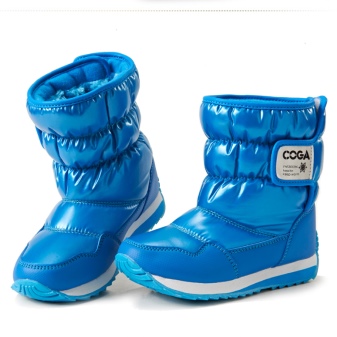
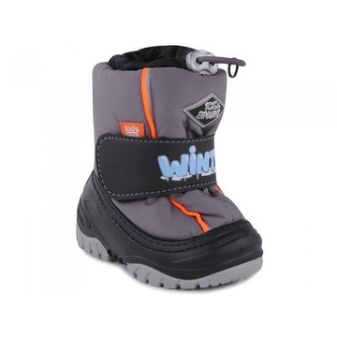
The disadvantage of budget dutik is their airtightness. The baby's legs can sweat during long gatherings and freeze when going outside. And it's all about artificial materials that are not capable of evaporating moisture. The best option would be membrane dutik with natural fur.

Natural fur
Shoes with natural fur have always been very popular. Manufacturers insulate shoes with sheepskin, because only this fur guarantees warmth and hypoallergenicity.
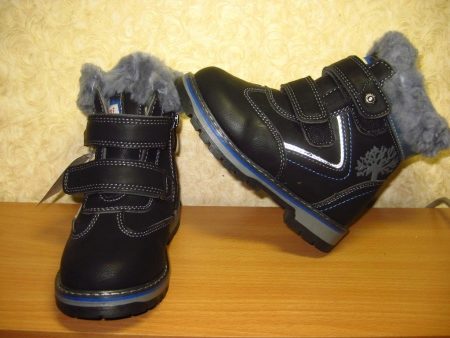
Glowing
It's no secret that it gets dark early in winter. In addition to reflective clothing, you can further protect your child by purchasing shoes with luminous soles. Thanks to the LEDs embedded in the sole, the shoe acquires a unique glow.
In addition to practical qualities, luminous boots are sure to attract the baby with brightness and unusualness, making winter shoes a favorite.LEDs are present in models of dutiks, boots made of natural and artificial leather.
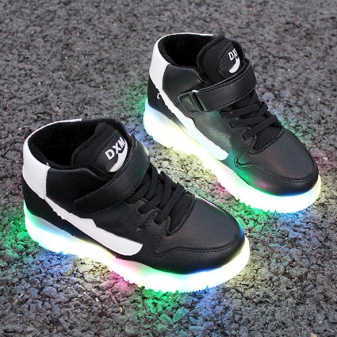
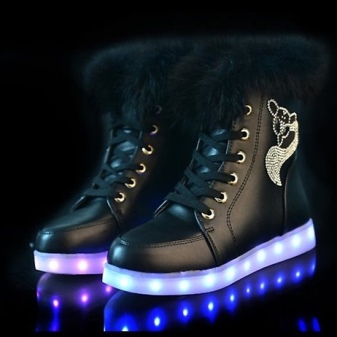
colors
Children under three years old most often wear what their parents bought them, without thinking about colors. However, caring mothers think about color. For kids, blue and blue shades, gray, brown and green tones are relevant. The combination of green and yellow looks bright, however, when choosing such a riot of colors, it is important to remember its combination with winter overalls.
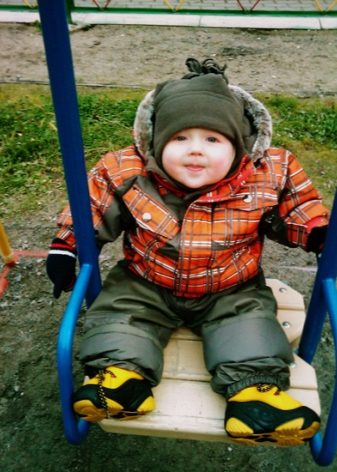


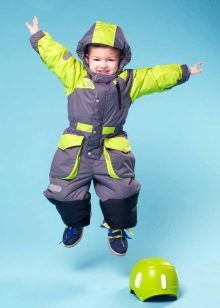

Older children love to take part in the selection of shoes. You should not refuse them this, because this is the first step for self-expression. Draw your baby's attention to brown boots trimmed with white fur, as well as black models, complemented by studs and stripes. It was they who were singled out by large manufacturers of children's shoes as the most stylish options.

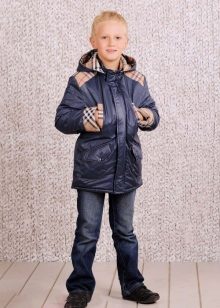

When purchasing dutik boots, take a look at models with cartoon characters. Today, such shoes are represented by a huge variety of funny characters, for example, from the animated series "Cars" or Disney.
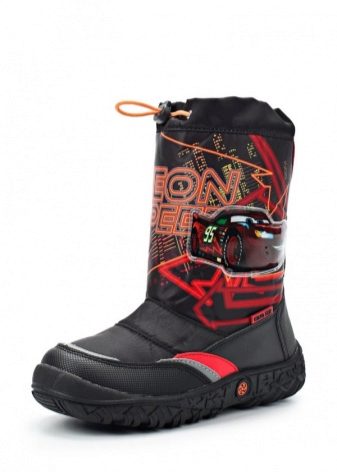

materials
Winter boots for boys and girls are made from a variety of materials. Let's start with those that have been experienced by many generations of children. Leather boots are a hypoallergenic and warm option for winter, gradually wearing out and matching the features of the foot. There are also disadvantages in it, for example, when you enter the store, your feet get hot, and when you leave, it gets cold. In addition, winter boots made of genuine leather are designed for euro-winter, as in severe frosts the legs will invariably freeze in them.

Another option is felt boots. This material is created by wet felting wool, which makes it very dense and warm. In addition, it is comfortable in it, even when the thermometer readings move to -30 degrees.The only downside to felt boots is the split upper and insole. Unlike a single design, as, for example, in felt boots, cold can enter boots.

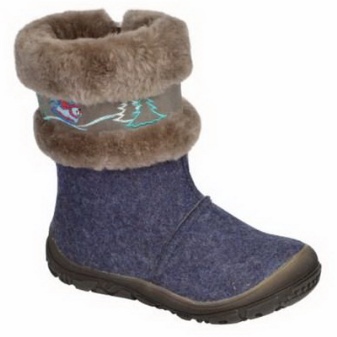
A relatively new material for boots is a membrane. In combination with natural fur, it can withstand severe frost. Micropores in its structure perfectly remove moisture at the same time, without passing it from the outside.
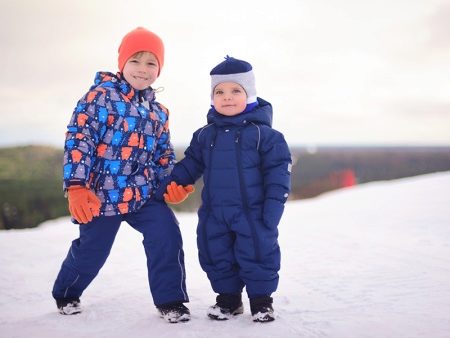
Let's consider the most impractical options:
- artificial leather;
- nubuck;
- suede leather.
How to choose
The first thing to consider when choosing shoes is the size. You should not purchase products in advance, especially if the purchase is intended for a child under one year old. At this age, a foot can grow by three sizes in a season and you can guess here indefinitely, leaving unnecessary new shoes on the far shelves of cabinets.
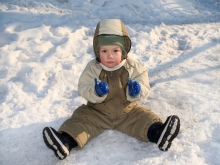
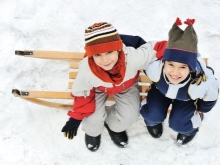
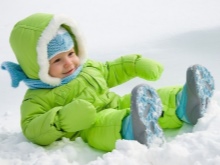
Winter boots should have a margin equal to 1-1.5 of the thickness of an adult's finger in the toe area of the boot. Of course, it can be difficult to check this, so it is necessary to carefully measure the child’s foot before buying and correlate it with the size grid of the shoe manufacturer.




Some parents abuse the sizes of shoes for growth. It is worth noting that the incorrect position of the foot in shoes that are larger than necessary develops foot problems, and it brings much less heat. Close-fitting shoes cause the circulatory system to work improperly, which causes feet to quickly freeze even in the warmest and most natural shoes.
If the size is chosen, it is important to pay attention to the style. So, lacing on shoes is inconvenient for children of school and preschool age, the option with zippers or Velcro will be much more appropriate. By the way, zippers should be carefully checked before buying, because they disable boots in the first place.
